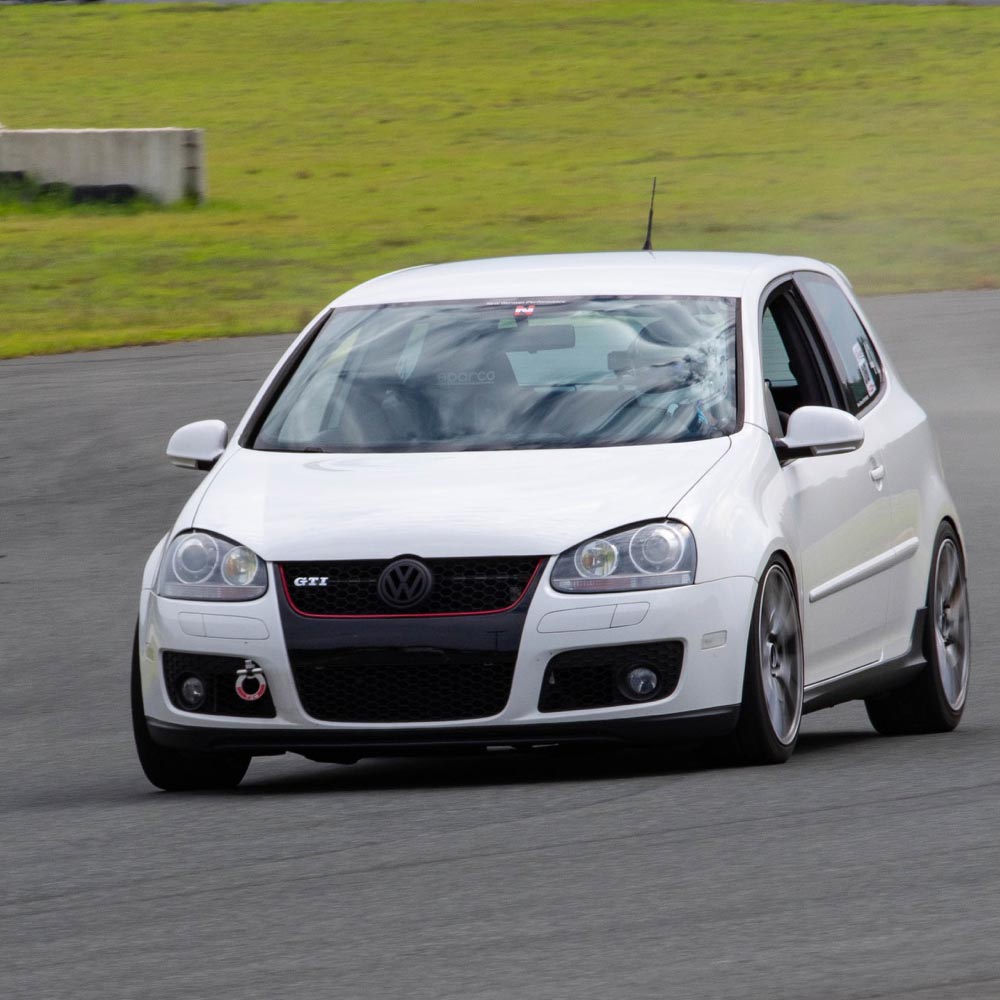What defines success when it comes to a car? There are plenty of ways you can quantify and qualify the merits of a specific make or model. There is price, performance, sales success, and those intangible, subjective qualities of look and feel. Some cars hit the mark right out of the box—seemingly the perfect car for its time and place. Despite the best intentions of engineers, designers, and manufacturers, others just don’t live up to their full potential.
MINI Cooper John Cooper Works Coupe
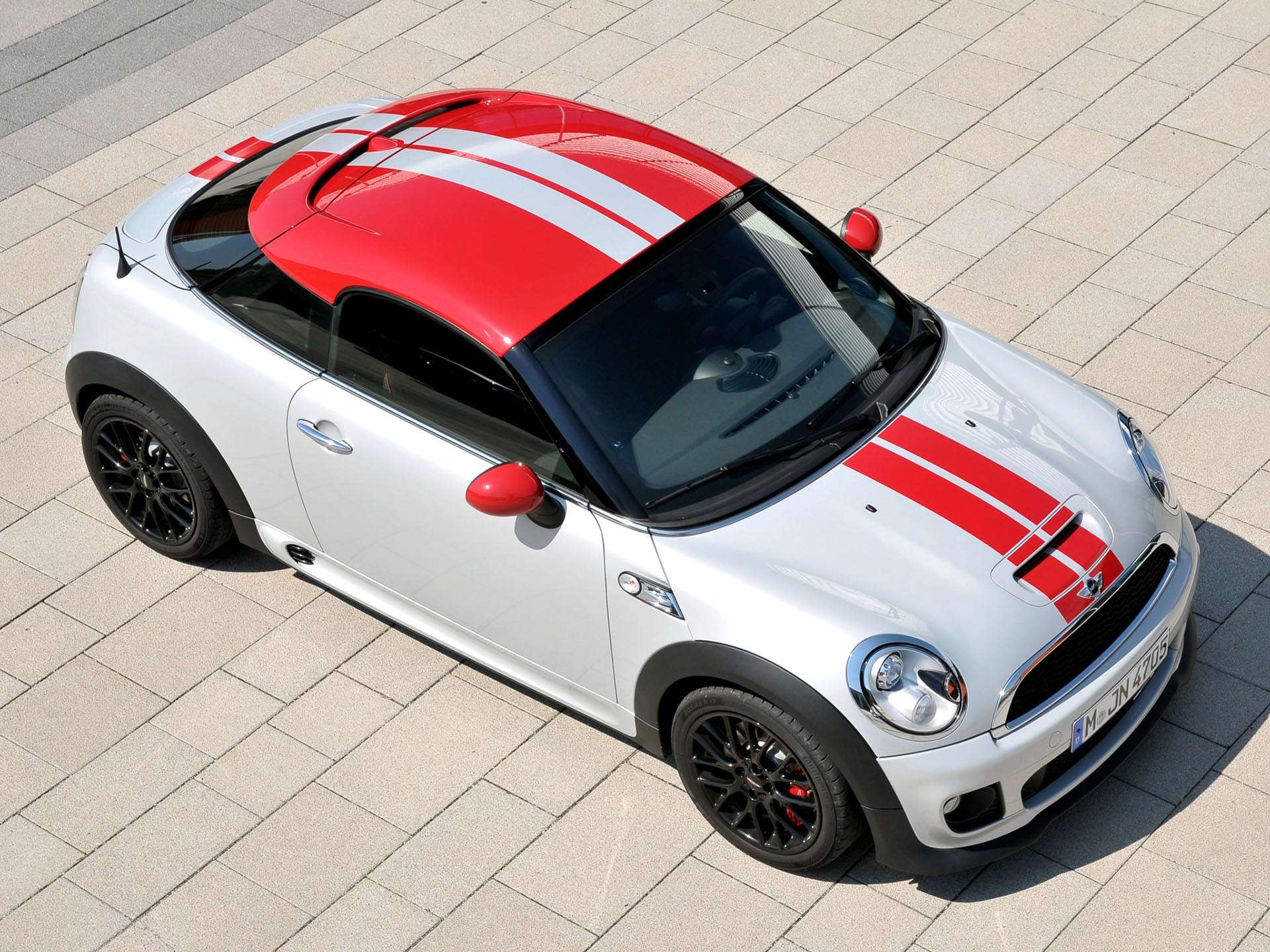
The MINI brand reentered the US market in 2002 and was a success from the start. MINI sold nearly 900,000 cars in the last 17 years, in large part thanks to unique styling, unique features, and cars, which are both fun to drive and have a lot of personality. Owning a MINI is one of those things that says a lot about who you are to the other drivers on the road.
The MINI Cooper and Cooper S hatchbacks were the bread and butter for years, but MINI was not about to rest on their laurels. By expanding their model line up with the Clubman, Countryman, and other models all starting with the letter C, MINI continued to increase their sales, and then in 2011, they introduced the Coupe. Based on the Cooper Convertible, the Coupe was a quirky little car (which is saying a lot for a MINI) that looked like a regular MINI below the beltline, but something else entirely different from the waist up. The Coupe was not a sales success itself, with just under 8,000 examples sold in the USA over six years, but within that, the range-topping John Cooper Works Coupe was a mere drop in the bucket.
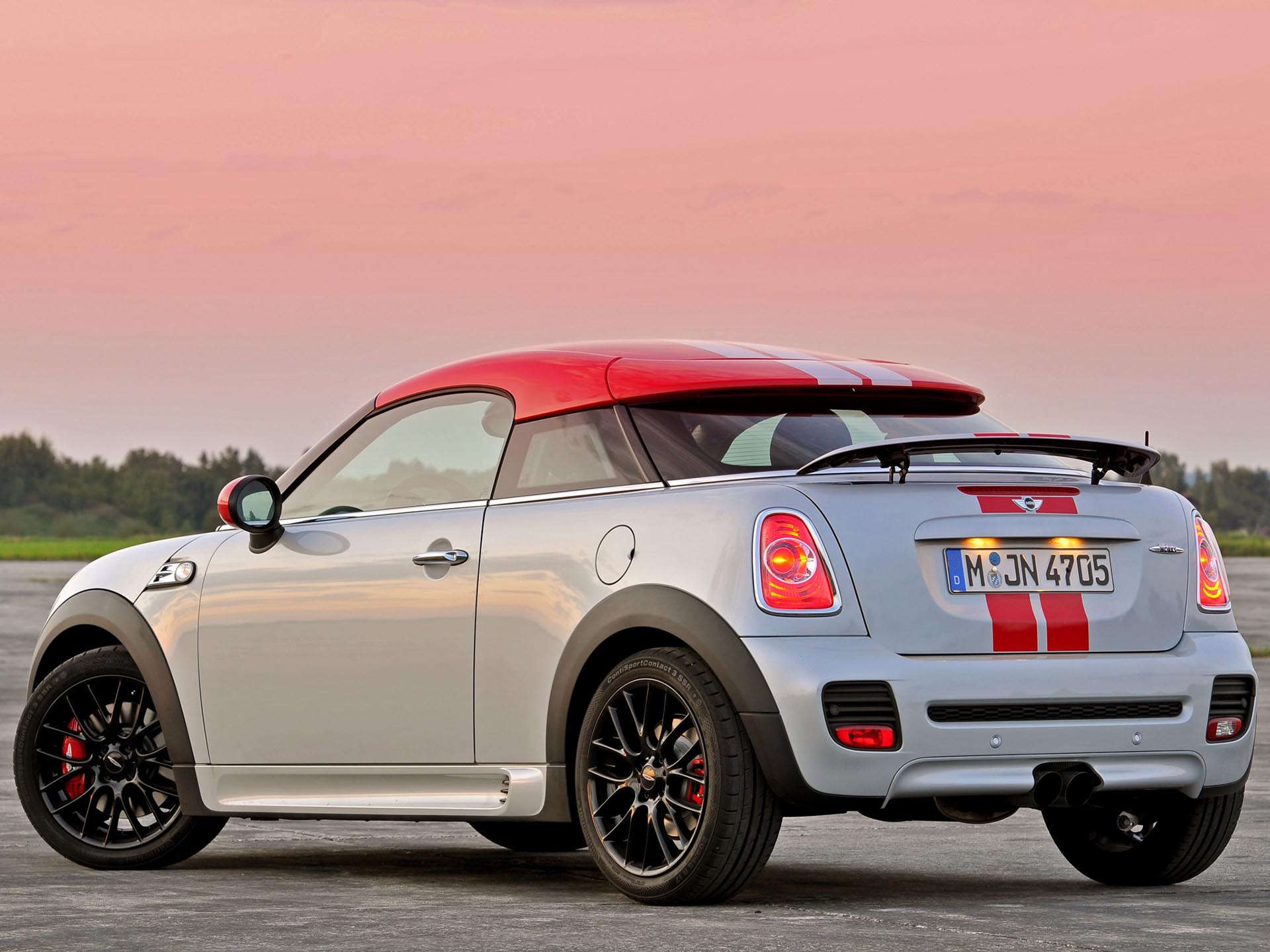
On paper, the JCW Coupe could have been a real gem within MINI’s line up, as the distinctive styling was now backed up with real performance fitted Brembo brakes and given a solid bump in power. Reviews at the time called it one of the greatest front-wheel-drive cars on the planet, and the numbers seemed to back it up. Road and Track tested the 208 horsepower JCW Coupe in 2012, and it hit .91 Gs on the skidpad and found its way around their slalom faster than the Audi TT RS, Lancer Evolution SE, Lamborghini Murciélago LP670-4 SV, and the Shelby Mustang GT500. It was outperforming much more expensive cars, but unfortunately, the John Cooper Works Coupe itself was a bit expensive for where it landed in the market. The price as tested was an eye-watering $38,850 2012 dollars, which is over $43,000 in today’s money.
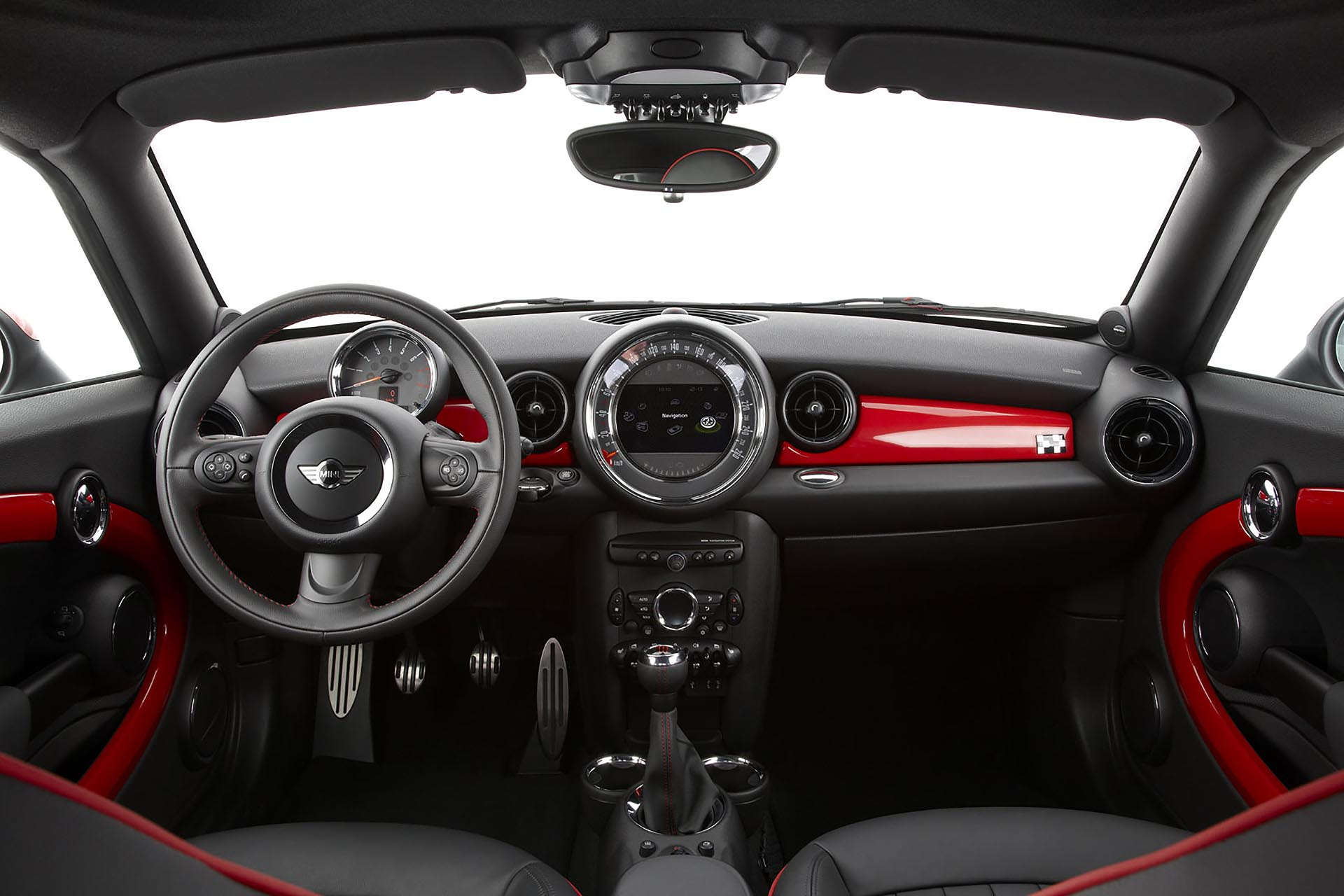
Perhaps predictably, MINI didn’t sell many JCW Coupes and discontinued the model after 2013. It’s too bad because it’s a cool car I wouldn’t mind getting behind the wheel of someday, and with something around 506 still on the road today, chances are that’s not going to happen anytime soon.
BMW Z4 M Coupe

With their Z3, the first mass-market drop-top after the ultra-exclusive Z8, BMW had a major sales hit and sold nearly 300,00 copies over six years. First available with what could be called an anemic 1.8 L 4-cylinder engine, the Z3 still flew off of showroom floors. Introduction of the straight-six variants, and then the M Roadster turned the Z3 into a proper convertible sportscar, and then BMW unleashed the M Coupe. The unique-looking Coupe, based on the Z3 Convertible, was actually an after-hours pet project of a couple of BMW Engineers. Whatever your opinion was of the look, the M Coupe was a rowdy beast, made all the more fun when BMW’s beloved S54 made its way under the hood.
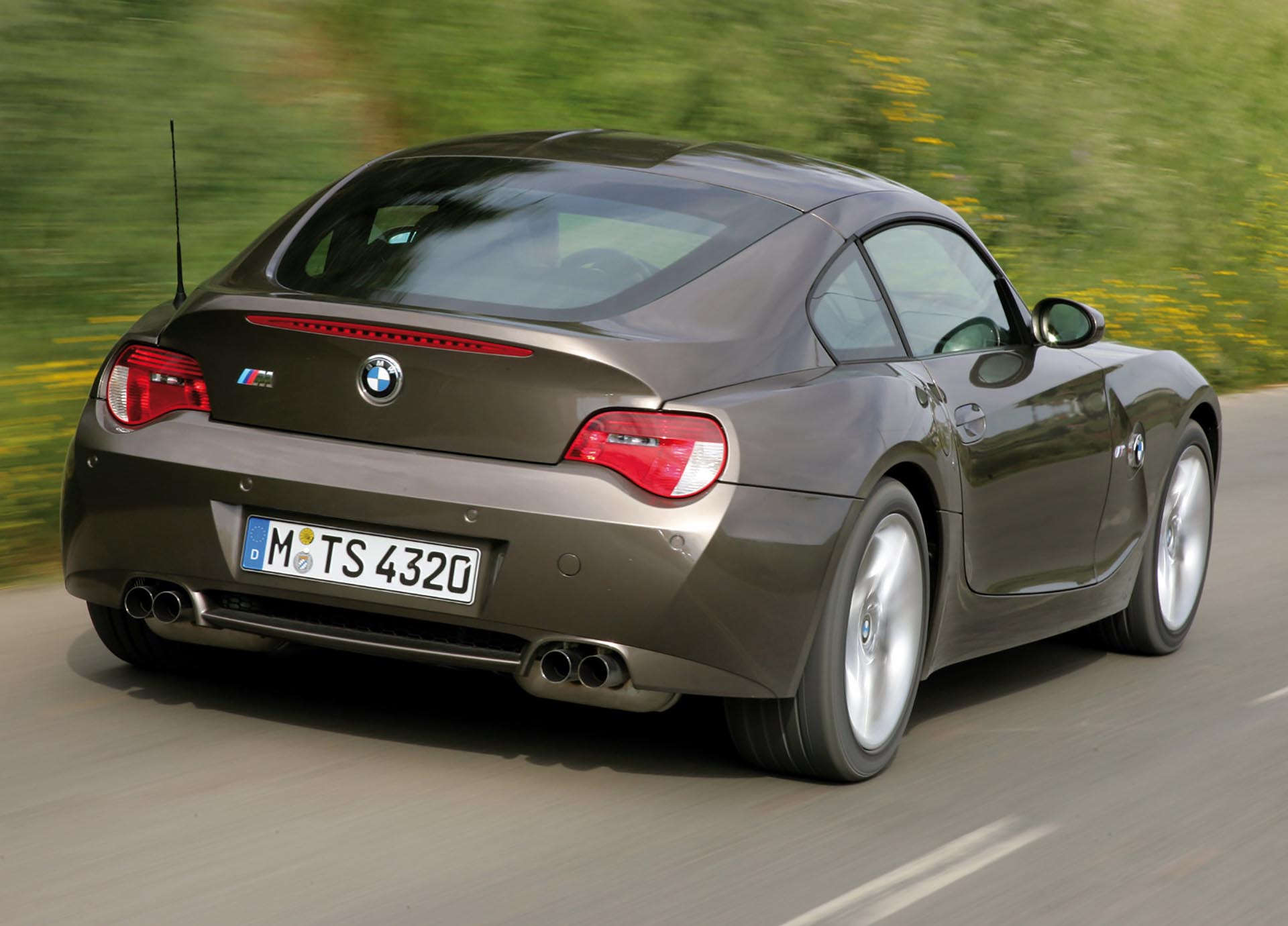
Nothing lasts forever, and the Z3 was replaced by the Z4 in 2002. Featuring similar, but perhaps not quite as polarizing looks, an improved chassis, and now standard with the six-cylinder engine, most would have said the Z4 was heading in the right direction in terms of its evolution. The Z4 M, though a great car in its own way, would never achieve the same status or praise as the original M Coupe. Still powered by the high-revving 330 horsepower S54, the Z4 M Coupe had all of the wild and wonderful driving characteristics that came standard on the Z3 version smoothed out just a bit too much for what people may have come to expect from the sports coupe. Its chassis wasn’t quite as balanced as the closest competition, the Porsche Cayman, and it wasn’t as fast either.
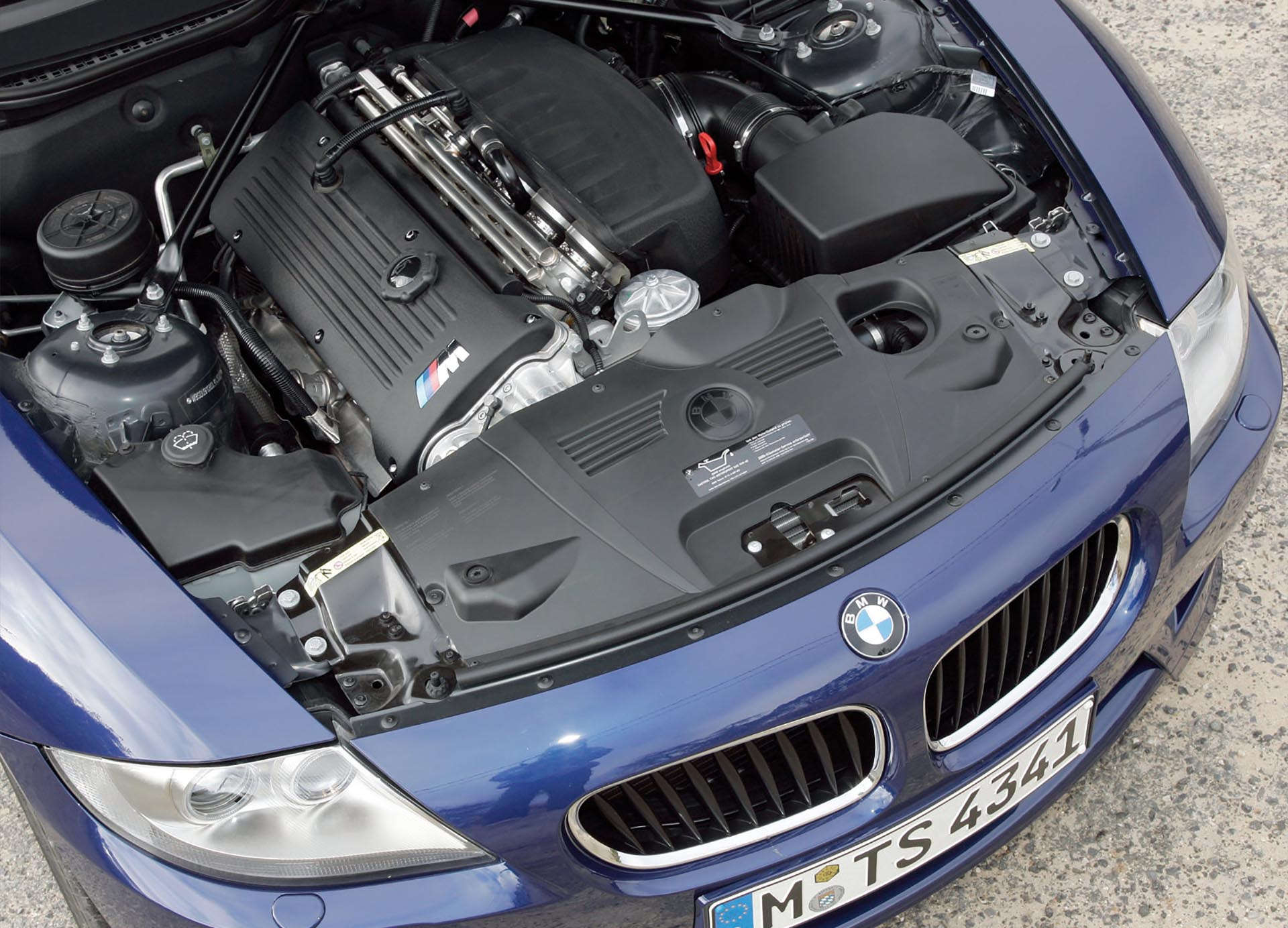
Despite that, the Z4 M Coupe remains a very capable and enjoyable car and has a fervorous fan base for good reason. When you start to compare the numbers - only 1,815 sold in the USA compared to 2,870 of the original M Coupe, you can see why it didn’t quite reach the level of success that it could have.
The BMW E89 Z4 has one of the best interiors of the decade.
Saab 9-5 Aero Turbo 6 XWD
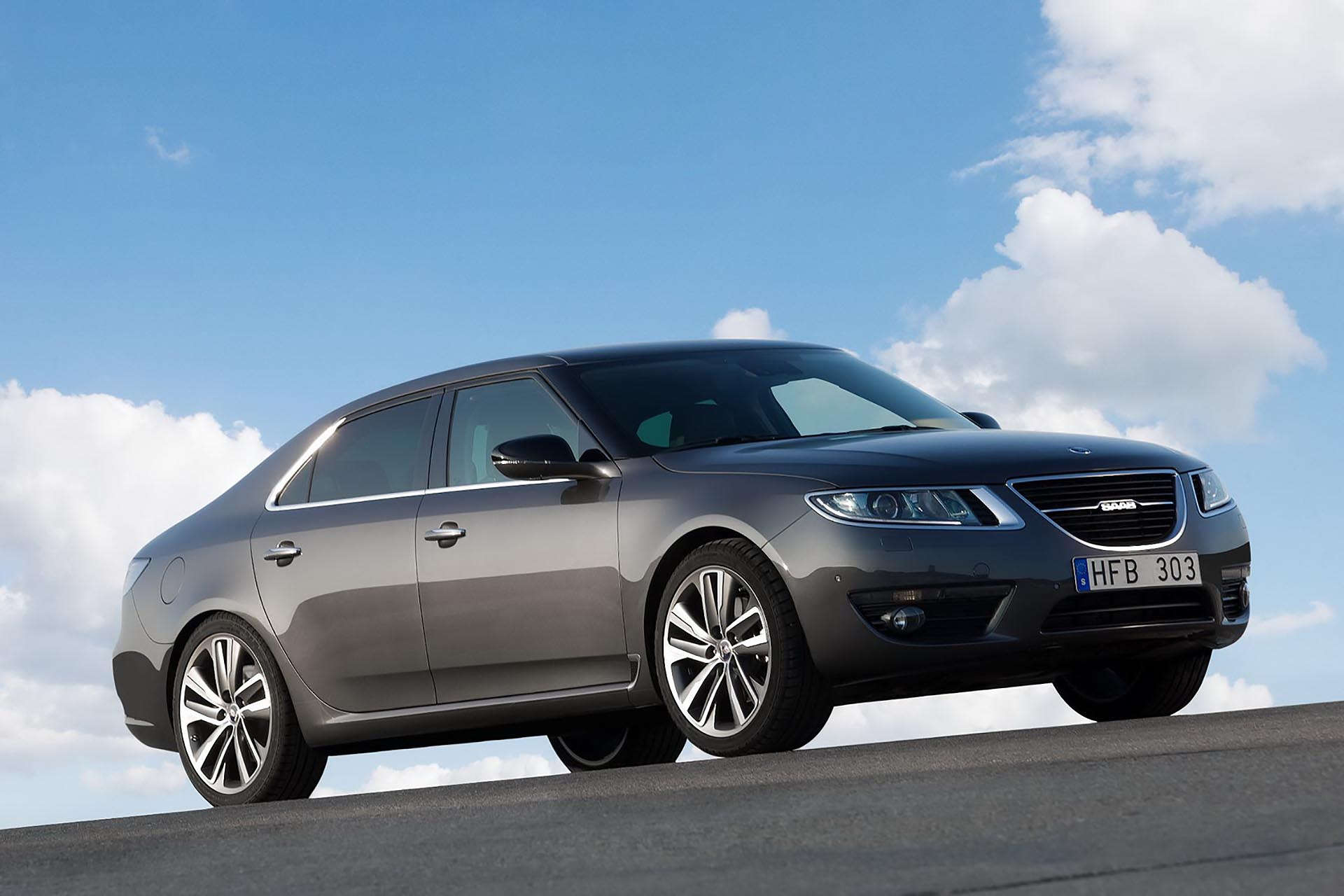 Image Source: Motortrend
Image Source: Motortrend
Ah, Saab. One of, if not the most unique brand in all of automotive history. ‘Born from Jets,’ the Swedish car manufacturer was also, as the slogan implied, a builder of fighter jets for the Swedish Air Force. The first Saab that arrived in America was the 2-cycle 3-cylinder Saab 96, a super unique little car that required the driver to add oil while fueling up (among other things), set the tone and the stage for the types of cars that were to come. What was to come in 1978 was the amazing Saab 900, of which Saab sold more than one million units. Available in a wide range of trim levels including the body-kitted, three-spoke wheeled and sporty 900 Turbo S, the Saab 900 was handsome, known for durability, safety, and a fun car to drive. The original 900 stuck around until 1993, but the 900 was not enough to keep the automaker afloat.
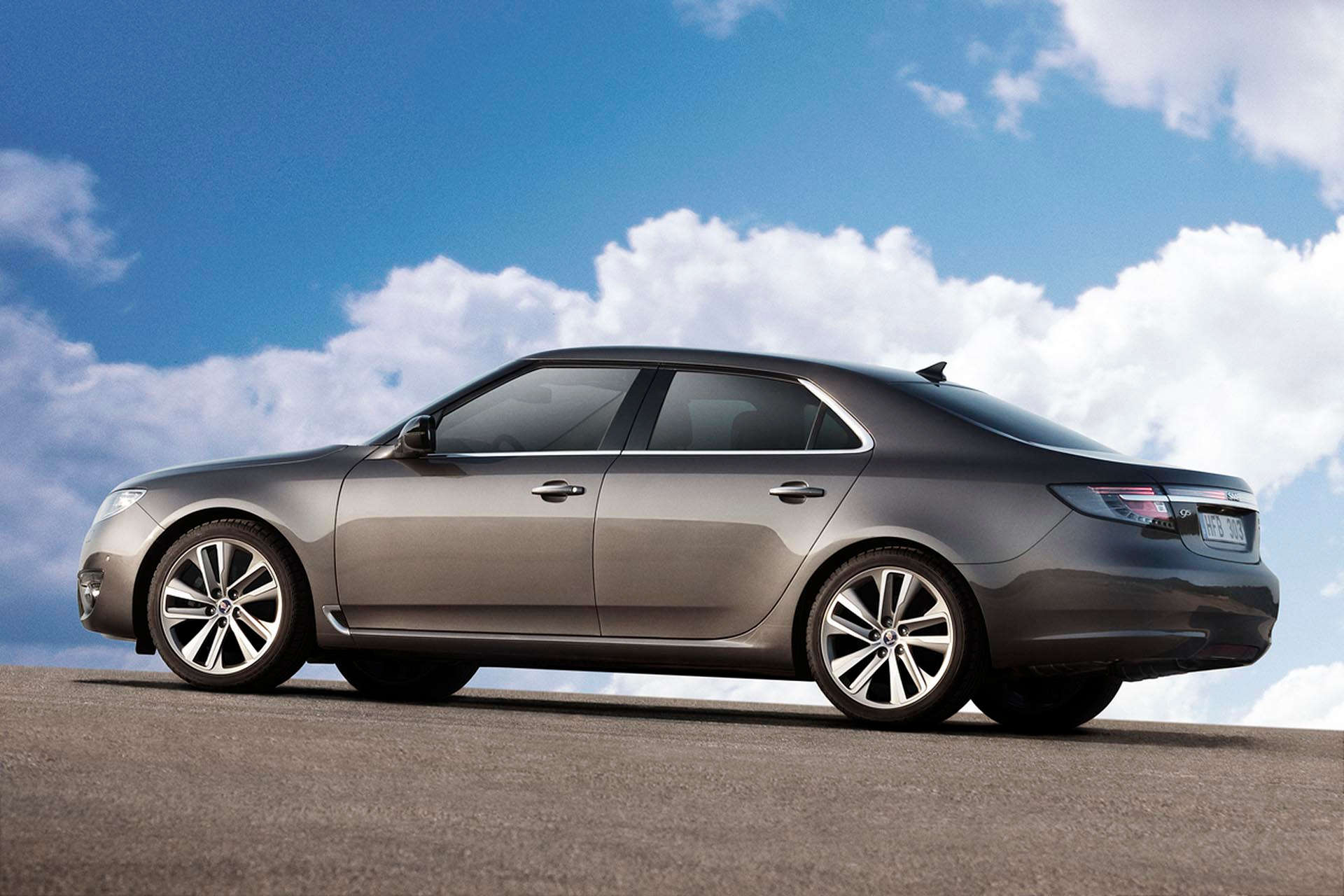
Things didn’t go quite as well for Saab after the 900, and a GM investment in 1989 that led to total ownership in the year 2000 never really paid off for anyone. There are some classics from that time, like the 9-3 Viggen that was a total blast to drive, complete with turbo lag, torque steer, and the classic Saab look. Yet, there were some serious missteps too. The 9-7x SUV was effectively a rebadged Chevrolet Trailblazer, which is decidedly not what Saab customers, or really anyone who prefers the look and driving experience of European automobiles want. The Subaru based 9-2X, aka the Saabaru, was not a bad car, but if someone wants a Subaru, they’re probably going to save themselves a few thousand dollars and just buy the Subaru. Finally, in 2010, GM sold Saab to Spyker just before they were about to pull the plug on the brand.
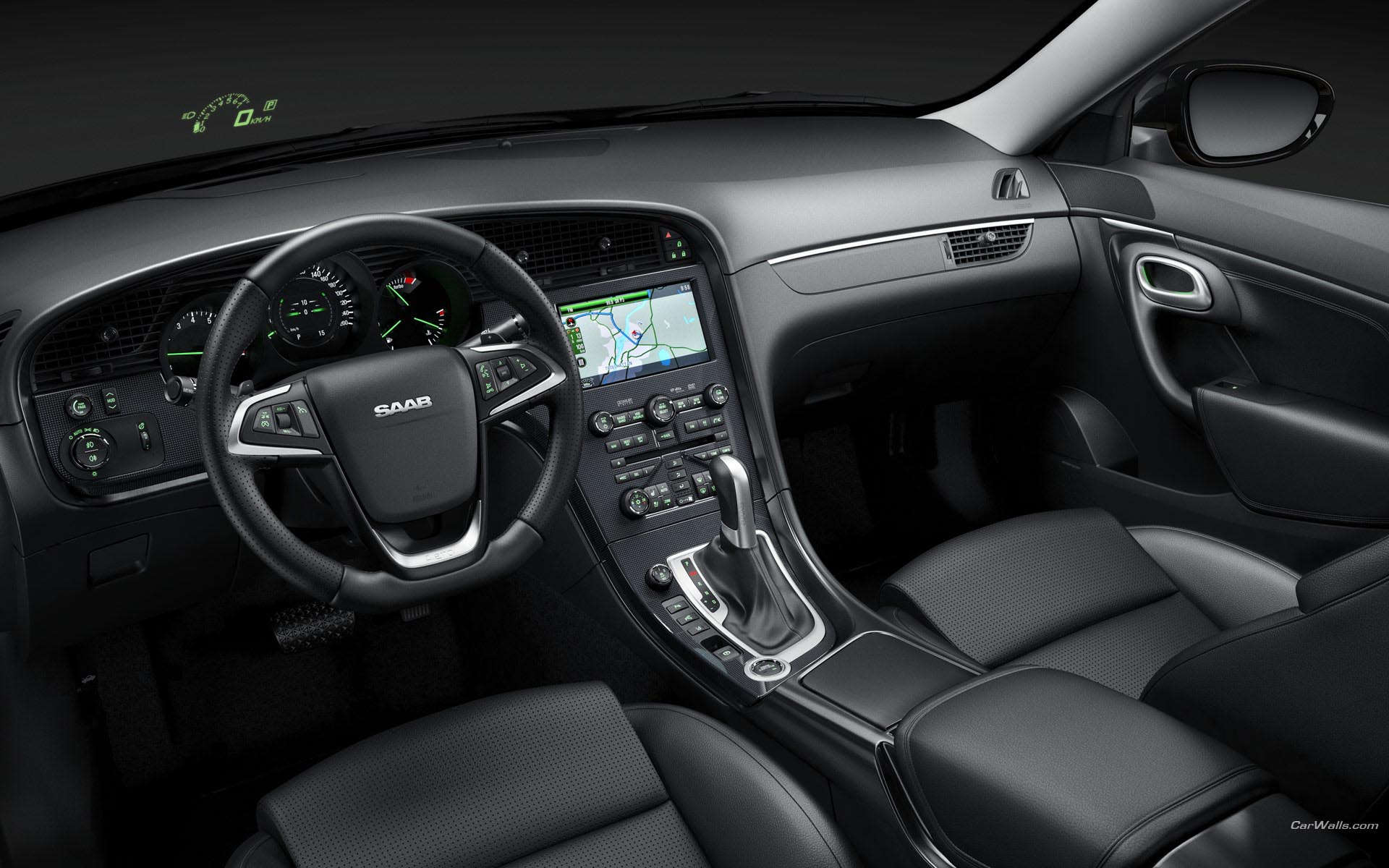 Image Source: Motortrend
Image Source: Motortrend
Enter the Saab 9-5 Aero Turbo 6 XWD. Introduced 2010, the new Saab 9-5 was mainly designed and developed by GM, but by all accounts at the time, it was a step in the right direction for Saab.. It was unique looking, had a well-regarded interior, and although the GM-heritage showed through in some of the driving experience, it was a Saab. You knew from the moment you saw it, and you knew it when you were behind the wheel. The Aero Turbo 6 XWD was a Haldex-equipped 300-horsepower turbo model with most of the right ingredients to compete with similarly specced cars from Audi and BMW. Sadly, Spyker ran out of money almost immediately. As a result, the Saab 9-5 Aero Turbo 6 XWD never had a chance to be further refined and developed into the competitor it could have been.
Read about the ageless, pre-GM 1971 Saab 99 L.
Porsche 928
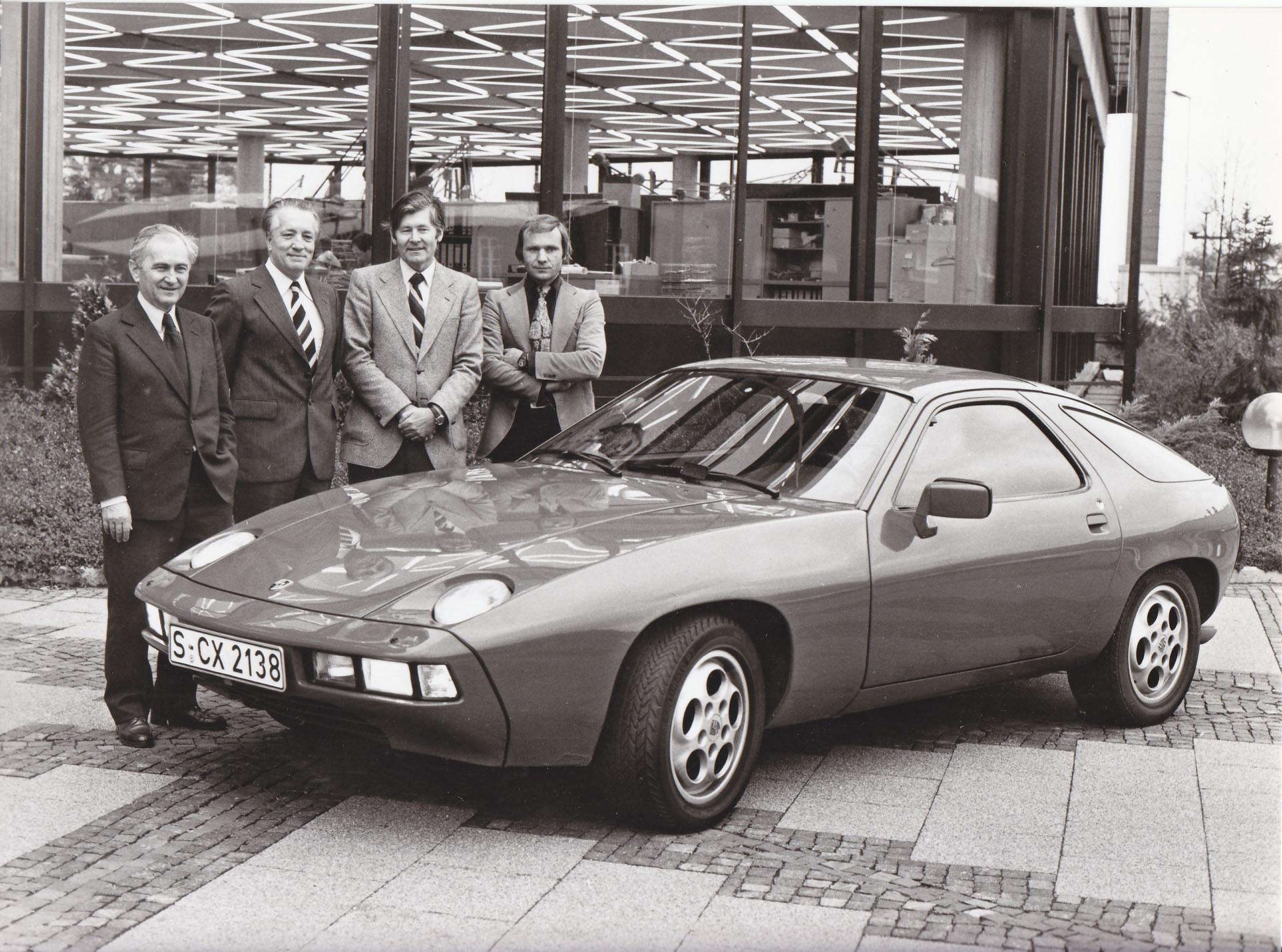
The Porsche 911 should no longer exist. By the mid-1970s, the classic rear-engine, air-cooled 911 was not selling like it once was. Added to that, concerns about emissions and the viability of continuing to produce and sell a rear-mounted air-cooled engine based on decades-old technology were very much in doubt. The 928 was conceived of as the best solution for all these practical concerns, as well as introducing a more up-market and luxurious car for continually more demanding wealthy customers.
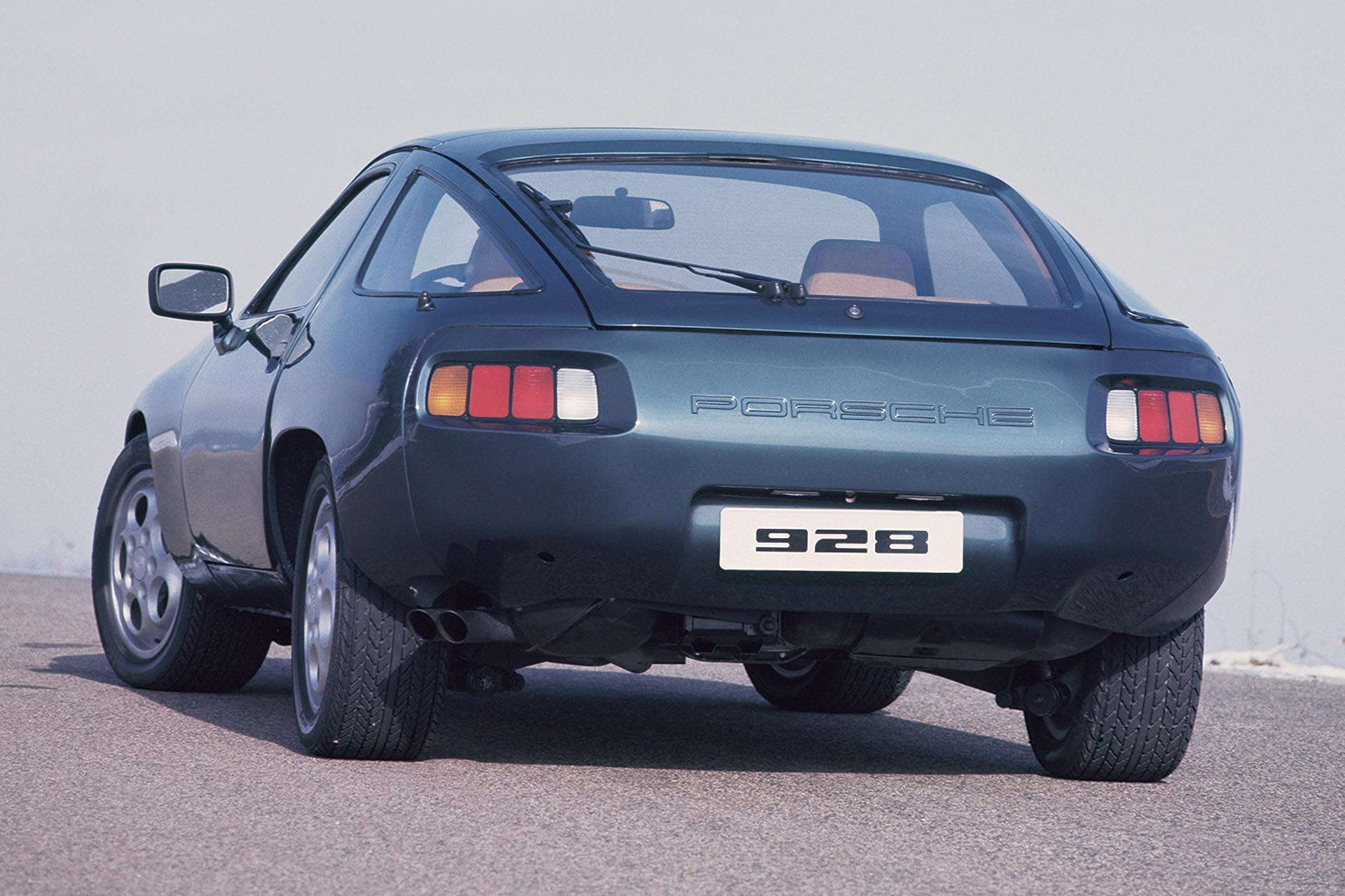 Image Source: Porsche Club of America
Image Source: Porsche Club of America
The 928 had almost everything the 911 did not. The 928 featured a big, smooth and torquey 4.5 L V8 engine, refined and modern interior and electronics, near-perfect 50/50 weight distribution, a ground-breaking passive rear-steer system, and ample room for luggage in the large rear hatch area. The design was eye-catching and both timeless and futuristic at the same time. It’s worth noting that from its introduction in 1978 to the end of production in 1995, very little was changed on the 928 in terms of styling. If you see one of these space-ships on the road today, they stand out just as much as they would have back in the 70s.
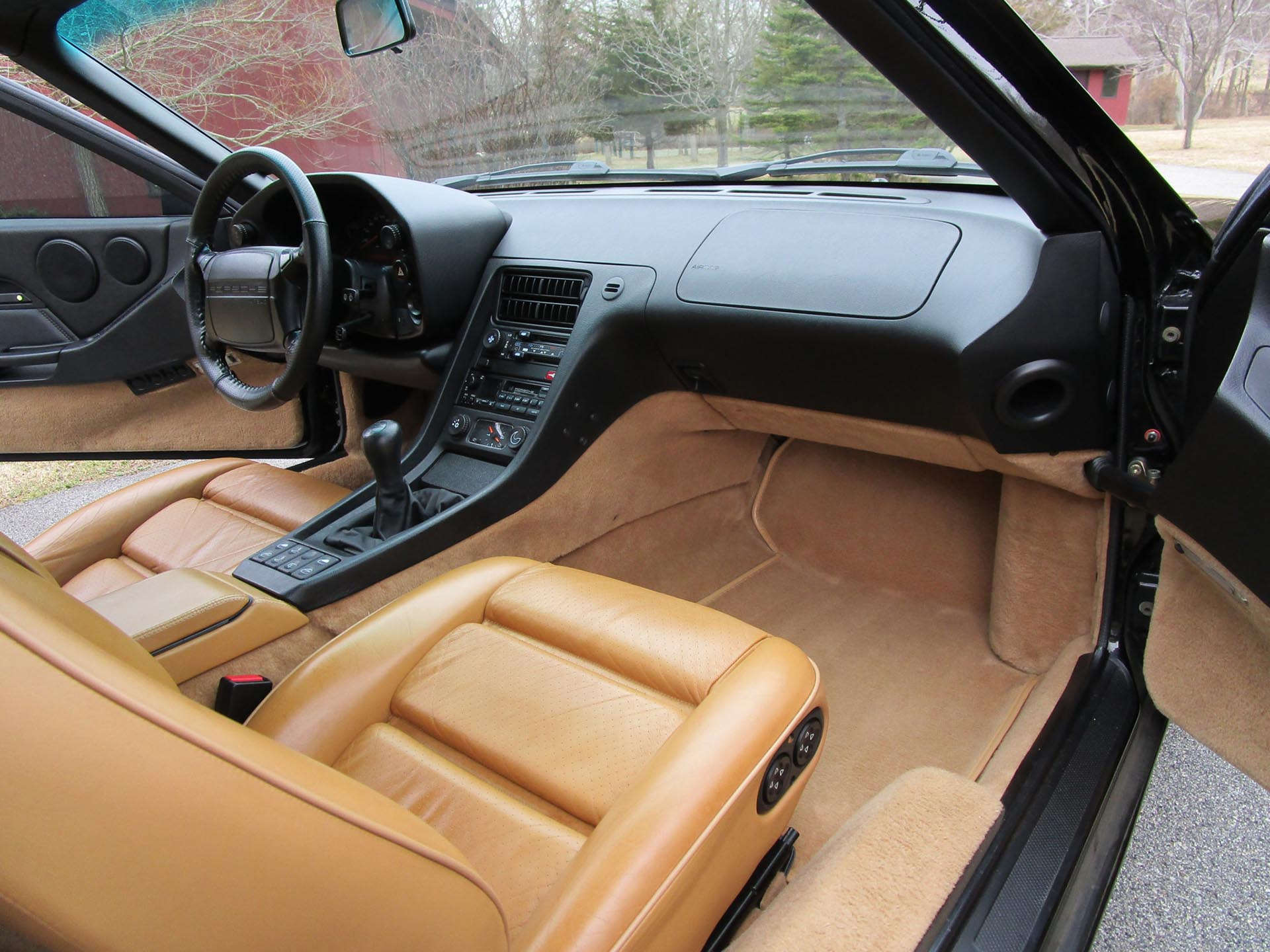 Image Source: Bring a Trailer
Image Source: Bring a Trailer
Take all of this and wrap it up with performance figures that were as good if not better than most 911 models, and you would think the 928 would have easily succeeded in replacing the old 911. Not so, fortunately for us. Porsche 928 sales suffered a bit by virtue of the car simply being expensive, but its primary crime was simply not being a 911. It was big, it was water-cooled, it was front-engined, and it was simply too different for Porsche customers to accept it as a ‘true’ Porsche. It never sold well, at least not well enough to sustain Porsche as a company. Despite continual updates and improvements over its 17-year production run and being a truly great grand tourer, it was silently put to bed in the mid-1990s while the 911 was reborn with the amazing 993.
Volkswagen Corrado G60/VR6
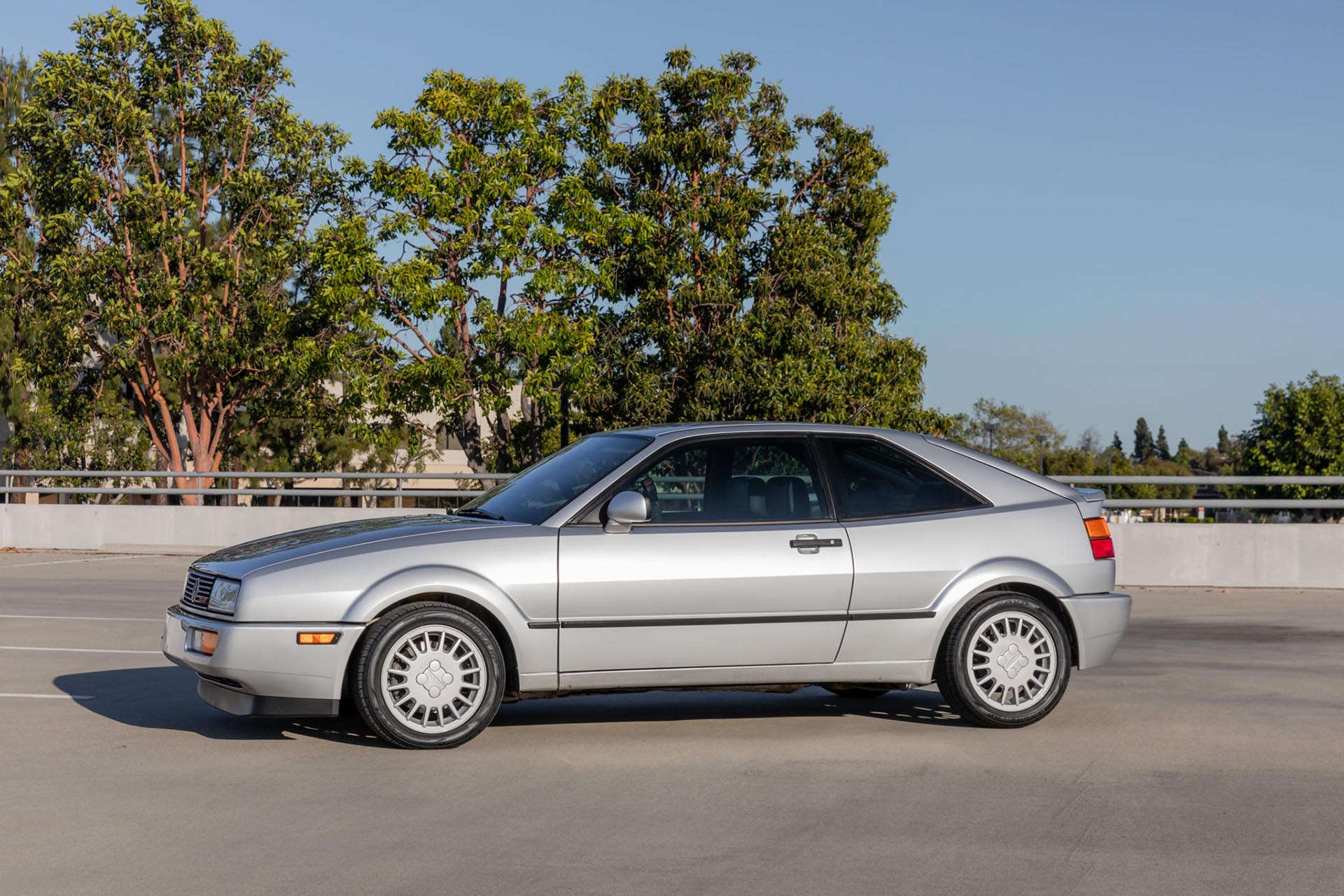 Image source: Bring a Trailer
Image source: Bring a Trailer
The Volkswagen Corrado is not a bad car; the problem was that when it was first introduced, it wasn’t a great car. The supercharged 1.8 L G60 engine that the earliest models came with was a bit underpowered for the car’s size and weight compared to the competition from Japan. Also, it was prone to high maintenance costs thanks to the fragile G-lader. The G60 engine is personally one of my favorite engines of all time, but in the Corrado, it just wasn’t enough. Engine aside, it checked a lot of boxes generally speaking. It’s a handsome car, even more so in the VR6-powered Corrado SLC version, which is also generally regarded as one of the best-handling front-wheel-drive cars of the era. It also had active aero with a rear spoiler that would raise at 45mph (higher in European markets) and a great interior.
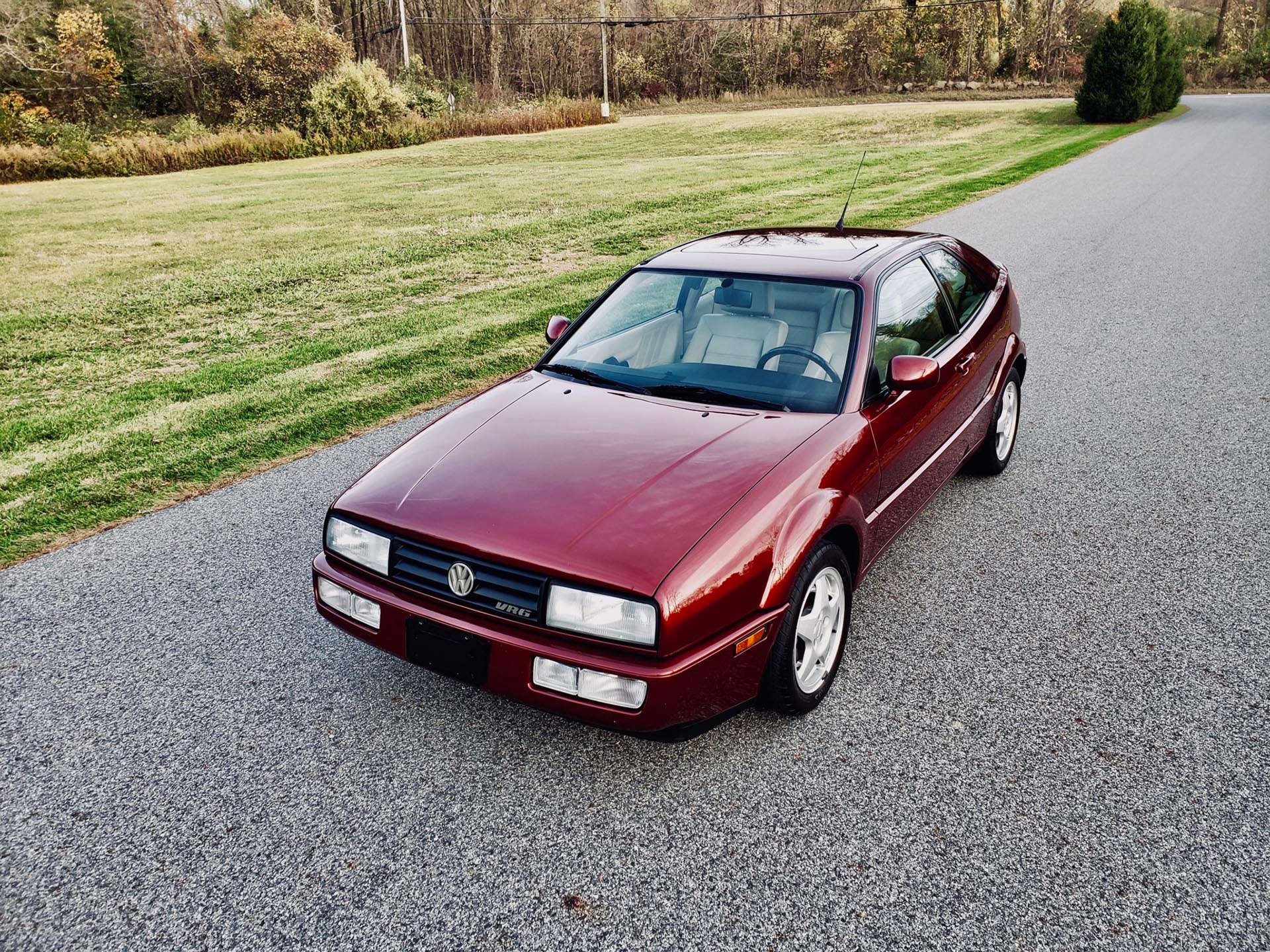 Image source: Bring a Trailer
Image source: Bring a Trailer
The Corrado was a replacement for the Scirocco, which was a very successful model for Volkswagen in the USA. Like the Scirocco, which was based on the A1/Mk1 Rabbit chassis, the Corrado was based on the same chassis as the A2/Mk2 Golf. What it wasn’t, however, was cheap. The Corrado’s base price started at around $19,500 in 1989, which was $5000 more than the 1988 Scirocco 16v it was replacing. Adjusted for inflation, that’s $40,000 in 2020. Considering that most were not stripped-down base models, most Corrado buyers were walking out of the dealer, paying the equivalent of over $45,000 in modern money. While the VR6 engine added performance that the G60 lacked, it also added to the already high price. Fully optioned 1993 or 1994 Corrados were coming in just under $27,000, a relative fortune for any front-wheel-drive coupe, let alone a Volkswagen.
Perhaps predictably, there weren’t many people willing to pay that premium price for the Volkswagen Corrado. All-in-all, around 13,327 Corrados were sold in the United States between 1989-1994. For some perspective, VW sold 28,137 Sciroccos in 1978 alone. Despite the Corrado already being a modern classic, it was just not the successor to the Scirocco that the market wanted.
Read about how to make VW Corrado even better.
It’s worth noting that all five of these cars have dedicated and passionate fans worldwide. While they may not have struck the right nerve for the masses to plunk down their hard-earned money when they were on sale, if the 928 tells us anything, they will age well and be more widely appreciated in the years to come.
What other European models do you think fell short of their potential? Leave them in the comments below.

